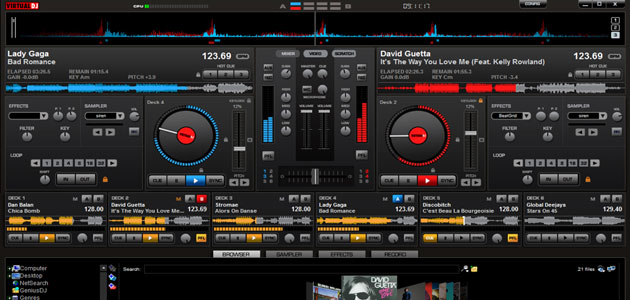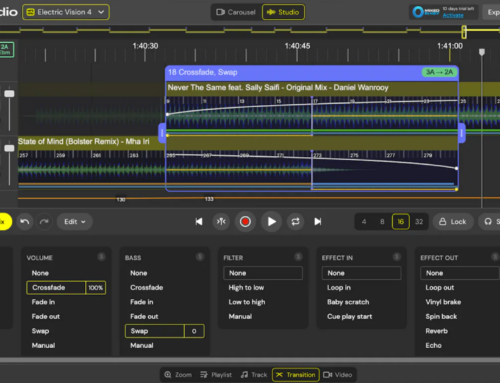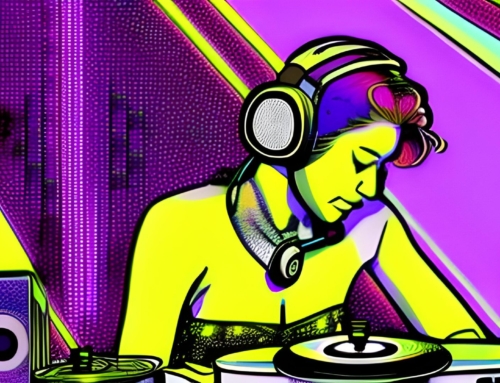Atomix’s VirtualDJ has worked hard to position itself as the DJ rig that’s not just professional enough for Carl Cox and Coldcut to take on stage, which they do, but so versatile that it should be the tool of choice for anyone with the slightest interest in playing live – house DJs and turntablists alike, mobile DJs and even VJs. It’s a broad scope and it’s in stark contrast to most DJ software. which has traditionally honed in on one demographic and then nailed it to the wall. We checked out the timebombed Home Free edition of VDJ a couple of weeks ago; today we take a look at VDJ Pro 7, upping the stakes with a healthy bowl of new features to whet our varied appetites.
First up, VDJ supports up to 99 decks. That’s more than your computer – not to mention your fingers and your brain – can cope with, but it’s good to know that there’s plenty of room to expand as your setup and your skills get more sophisticated. On top of this already meaty bed, you have twelve synced sample slots, ReWire support and a recorder that will also burn to CD and broadcast stream directly from within VDJ. If it’s versatility that Atomix are aiming for, they’re off to a great start.
Armed with a dozen skins to suit your screen resolution and playing style, VDJ also has the most malleable interface I’ve come across. The default GUIs are dark and can be a little crowded; the decks are highlighted blue, red, green and yellow for easy identification. You can choose from nearly twenty combinations of waveform display; show loop controls for deck A, effects on deck B and your normal cue controls on deck C. You can replace the mixer with a vertical scratch roll or video mixer. You can have the browser at full screen or half, or get rid of it altogether and drill down into the sample slots or effects.

And the effects! If you’re familiar with any other DJ software, you’re probably used to having a couple of knobs to work with and not much more. VDJ is different: the effects, like the skins and plugins, are downloadable extras and can take any shape and do a million different things – chaining not being one of them, unfortunately. Out of the box, VDJ 7 Pro comes with ten effects from a flanger to a really fun beat chopper. Some of these have one parameter and some have five or six – this is how effects should be and it’s a big plus for me. To be fair, the routing is a bit ordinary but the potential is great, the online support is built into the software and there’s an active community sharing stuff, too.
All this capability comes at a price, though. A couple of prices, really: VDJ is CPU intensive, and while the sound never skipped or lagged, the meter had me worried a few times! The other thing is the Config menu. There are some great features tucked away in there, but many of them are the kind of thing you’d hope to access without needing to dig around for: MIDI mapping and pitch range, for instance. The GUI is already so busy that you wouldn’t want any more buttons crammed in, but the payoff for versatility is a sometimes less-than-perfect interface experience. The support for skins, though, makes me think that Atomix are well aware of this and as well as offering so many options internally, they’ve given us access to a dedicated resource for further customisation.
One other thing: a program that promises to satisfy so many skill-sets begs the question of how much you really need. Personally, I can’t help but feel a little more comfortable working with a tool that’s machined just for the job I want to do. It’s not the VDJ is lacking in features – far from it! – it’s that there are so many features here that I’m left feeling a bit wasteful when I think that I’ll only use 30% of what’s on offer.
Then again, maybe having those tools at my fingertips will make me more inclined to try some new tricks, and really, isn’t that half the point?







